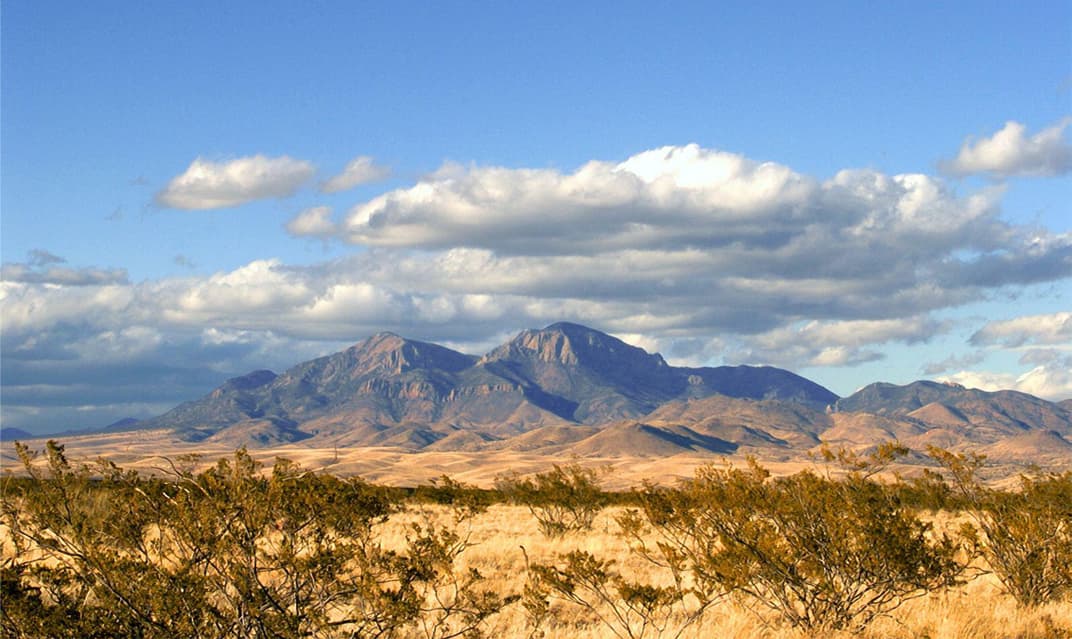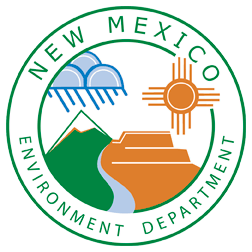
Uranium Mining & Reclamation in New Mexico
Workforce FAQ
: What is the Workforce Innovation Opportunity Act (WIOA)?
WIOA stands for the Workforce Innovation and Opportunity Act, a U.S. federal law enacted in 2014. It aims to improve the nation’s workforce system by providing access to employment, education, training, and support services for individuals seeking employment and employers seeking skilled workers. WIOA also emphasizes government, education, and industry partnerships to enhance workforce development and economic growth. WIOA is a program supported by the Wagner-Peyser Act of 1933.
: What is the Wagner-Peyser Act?
The Wagner-Peyser Act is a U.S. federal law enacted in 1933 that established a nationwide system of public employment offices, known as the Employment Service. It aimed to facilitate job matching between job seekers and employers, promote employment stability, and enhance workforce development. The New Mexico Department of Workforce Solutions (DWS) manages all elements of the Wagner-Peyser Act.
: Who is eligible for WIOA
WIOA serves individuals who have been determined to need Individualized Career Services (ICS) or Training Services (TS) to obtain or retain employment that leads to economic self-sufficiency (see below).
: Who pays for WIOA program costs?
WIOA funds are distributed to Local Workforce Development Boards (LWDB). These boards administer grant funding, organize events and hiring fairs, and provide support services to program participants and employers.
: What is Economic Self-Sufficiency?
Economic Self-Sufficiency, as defined by New Mexico’s Local Workforce Development Boards, refers to the ability of individuals and families to support themselves financially without relying on public assistance. It involves securing stable employment that pays a living wage, accessing necessary skills training and education, and obtaining adequate support services to meet basic needs such as housing, healthcare, and childcare. The goal is to empower individuals to achieve financial independence and build long-term economic stability for themselves and their families.
: What documents or information is needed to document Economic Self-Sufficiency or a lack thereof?
Basic information needed:
• Job Title
• Employer Name
• Dates of Employment: From / To (Month, Year)
• Wage
• Wage Type (Hourly, Annual, Other); and
• Hours per Week.
Basic Documentation:
• Copy of a recent paycheck or paystub
• Employer letter or other document describing the customer’s current wage
• Self-Attestation (method of last resort)
: How is Economic Self-Sufficiency defined?
Economic Self-sufficiency calculations are derived from utilizing the Massachusetts Institute of Technology (MIT) Living Wage Calculator and are as follows:
| New Mexico Region | Wage from Calculator |
| Eastern Area Workforce Development Board | $53.92/hour |
| Northern Area Workforce Development Board | $53.88/hour |
| Southwestern Area Workforce Development Board | $45.40/hour |
| Workforce Connection of Central New Mexico | $56.51/hour |
: What are Supportive Services?
According to DWS, Supportive Services means services necessary to enable individuals to participate in activities authorized under WIOA or the Wagner-Peyser Act. Supportive services available to adult and dislocated workers include but are not limited to services such as linkages to community services, legal aid services, reasonable accommodations for individuals with disabilities, childcare, transportation, dependent care, housing, needs-related payments, work clothing, tools and other reasonable expenses approved by contract manager or his/her designee that are necessary to enable an individual to participate in training and employment activities authorized under WIOA Title I.
: How do participants qualify for WIOA Supportive Services?
The first step is to contact the Department of Workforce Solutions (DWS) and join one of the WIOA orientation events. The events provide an overview of WIOA, describe what is available for program participants, and offer assistance in applying for qualifying programs. Determination of whether the supportive services are paid or unpaid will be included in the Individual Service Strategy (ISS) or Individual Employment Plan (IEP) as necessary.
: How do employers qualify for WIOA reimbursement?
The first step is to contact the Department of Workforce Solutions and speak with a WIOA specialist to understand the requirements and benefits of the program. The WIOA specialist will help you with the application process and present the reimbursements you may qualify for through the program.
: What is an initial screening assessment and why do I have to take one?
An initial assessment is required for candidates to receive funding for a WIOA-qualified program. DWS uses Work Keys to help candidates identify their strengths and find a career match.
: What is the Energy Transition Act (ETA) Displaced Worker Assistance Fund, and do I qualify for it?
According to DWS, the ETA Displaced Worker Assistance Fund was established for any New Mexico resident who was terminated from employment, or whose contract was terminated due to the abandonment of a New Mexico facility producing electricity resulting in the displacement of workers.
The ETA requires displaced workers must have lived in an “affected community” (defined as a 100-mile radius of an electricity-producing facility that closed) and the company they worked for had at least 40 workers impacted by the closure. Workers who were displaced by the closing of the PNM San Juan Generating Station, Westmoreland San Juan Mine, Savage Services, or were employed by AIM Staffing, Inc. are eligible to receive funding for Job Training (JT) under the provisions of the ETA.
According to the DWS website, workers must apply in person at:
New Mexico Workforce Connection
401 E. 30th Street, Suite 280
Farmington, NM
To complete the application, you must bring the following with you:
• Driver’s License, State Issued ID, or Tribal ID
• Proof of residence currently or at time of layoff (gas, electric, water, auto insurance, or phone bill that shows your address)
• If you previously worked for AIMS Staffing, Inc. you must bring your layoff notification letter
• Questions regarding the Displaced Worker Assistance Fund may be sent to ETA.Support@dws.nm.gov.
Uranium Reclamation FAQs
: What is the history of uranium in New Mexico?
Between the 1950s and 1980s, uranium mining was a significant industry in New Mexico. Over the past 30 years, New Mexico has taken many steps to clean up uranium sites that are often overlooked. In the 1990s, New Mexico developed a regulatory framework to address uranium mine cleanup and contamination issues. Billions of dollars have been invested (or secured for investment) into uranium cleanup; however, addressing all the aspects of uranium contamination will likely take multiple decades. Site reclamation is a long process that takes several years, and New Mexico has hundreds!
: How do you clean up uranium contamination?
The preferred methodology involves physically removing all radiologically contaminated waste materials from the site and disposing of it at a monitored facility or an onsite repository. The alternative methodology involves disposing of unprocessed ore or contaminated waste materials into an abandoned underground mine that has been vetted for safety regarding local residents.
: What is considered a site?
A site is any mine or extraction facility or discrete, physically separate parcel of land or lands disturbed by mining or uranium extraction, or any building or structure or portion thereof.
: What is Reclamation?
Reclamation is a set of measures during and after a mining operation designed to mitigate the disturbance of affected areas and permit areas and, to the extent practicable, provide for the stabilization of a permit area following closure. This will minimize future impact to the environment from the mining operation.
: What is the environmental risk of uranium?
Radioactive particulate matter from mine and mill sites can leach into air and water, thus becoming a hazard to human health. This leaching can also cause harm to local ecosystems and wildlife.
: What is exposure?
Exposure is the amount of external gamma radiation received from the surface of a proposed or new mine site, soil pile, waste rock pile, stockpile, ore pile, or similar feature. Main pathways to uranium exposure include dust inhalation and drinking water contamination.
: When is cleanup of a site considered finished?
According to the “Joint Guidance for the Cleanup and Reclamation of Existing Uranium Mining Operations in New Mexico,” published by NMED and EMNRD in 2016, a site is considered “under reclamation” when the radiation levels are compliant with 40 Code of Federal Regulations (CFR) 192.12, 40 CFR 192.32 and 10 CFR 40(“5/15 standard”) and remedial actions provide reasonable assurance that radium-226 levels and gamma radiation levels are safe.
: What is a Responsible Party?
A responsible party (RP) is a person, business, government entity, etc. that is required to submit an abatement plan or who submits an abatement plan pursuant to this part.
Please contact uranium.coordinator@state.nm.gov with any questions or comments.

